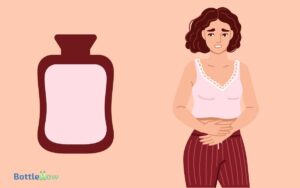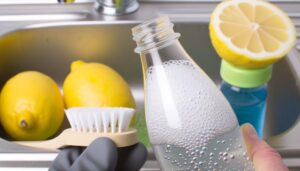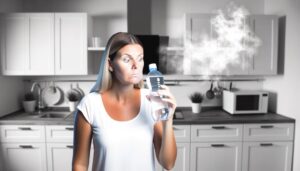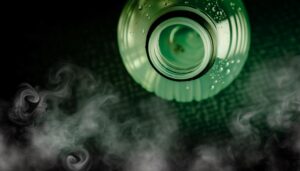64 Oz Water Bottle to Gallon: Quick Conversion Guide
A 64-ounce water bottle holds precisely 0.5 gallons, making it a convenient option for tracking daily hydration. One gallon equals 128 fluid ounces, so by dividing 64 by 128, you get half a gallon.
Understanding this conversion guarantees accurate fluid intake, essential for maintaining health and optimizing physical performance. Accurate measurements also prevent dehydration by facilitating scientific monitoring of your hydration status.
To enhance your fluid consumption strategy and optimize daily routines, gaining further insights into fluid measurements and effective hydration techniques is beneficial.
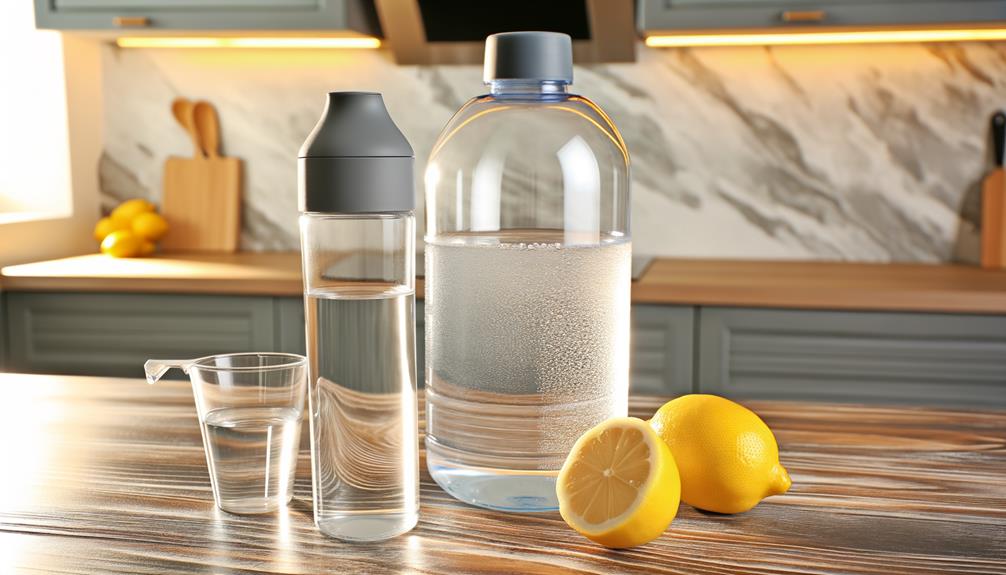
Key Takeaways
- A 64 oz water bottle is equivalent to 0.5 gallons.
- To convert 64 oz to gallons, divide 64 by 128.
- 64 fluid ounces represent half of a gallon.
- Understanding this conversion helps in tracking daily water intake.
64 Oz Water Bottle to Gallon Conversion Chart
| Ounces (Oz) | Gallons |
|---|---|
| 16 Oz | 0.125 Gallon |
| 32 Oz | 0.25 Gallon |
| 64 Oz | 0.5 Gallon |
| 128 Oz | 1 Gallon |
Understanding Fluid Ounces
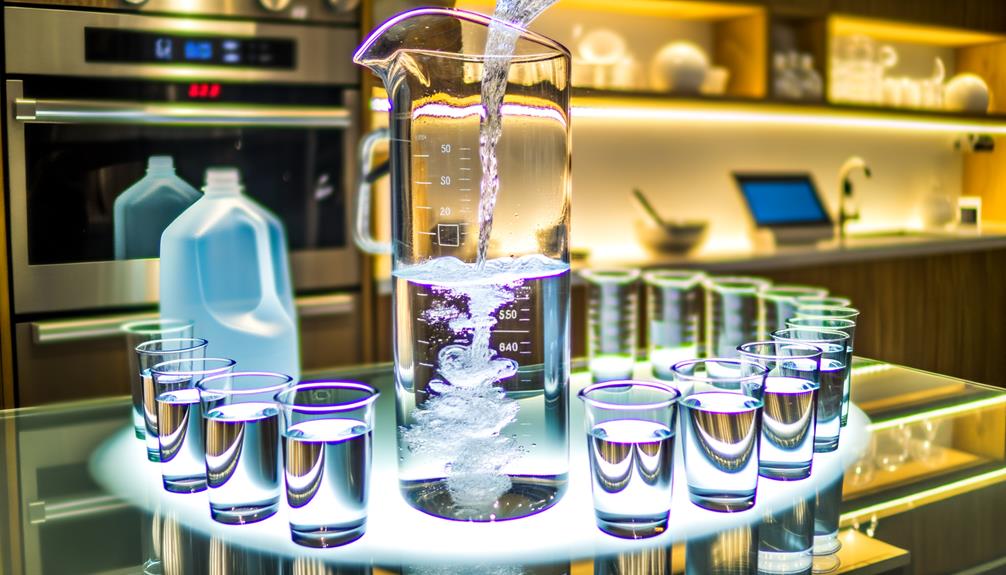
When you measure liquids, understanding fluid ounces is vital for accurate conversions and proper usage.
A fluid ounce (fl oz) is a unit of volume commonly used in the United States to quantify liquid capacities. One fluid ounce equals approximately 29.5735 milliliters in scientific terms.
It’s important to differentiate between fluid ounces and weight ounces, as they measure different properties; fluid ounces measure volume, while weight ounces measure mass.
Accurate measurement in fluid ounces guarantees your recipes, chemical solutions, or daily water intake are precise.
When converting fluid ounces to other units like cups, pints, or liters, always use reliable conversion factors to maintain consistency.
Mastering fluid ounces will enhance your proficiency in various practical and scientific applications.
What Is a Gallon?
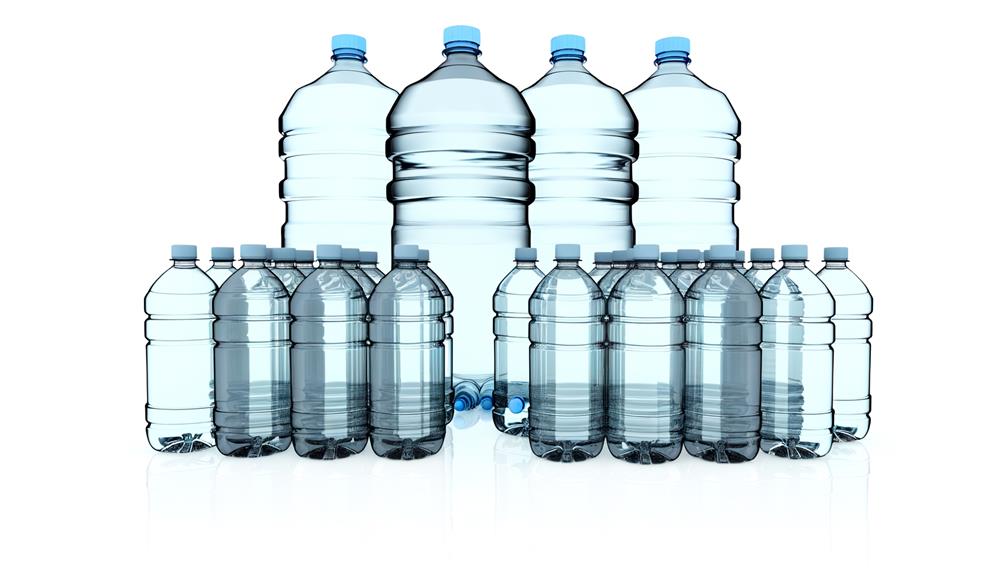
A gallon is a unit of volume measurement commonly used in the United States to quantify larger liquid capacities, equivalent to 128 fluid ounces. This measurement is critical in various applications, from scientific research to everyday use. Understanding gallons helps you make informed decisions about liquid quantities, especially when dealing with large amounts.
Here’s a quick reference to visualize the relationship between fluid ounces and gallons:
| Fluid Ounces | Gallons |
|---|---|
| 32 oz | 0.25 gallons |
| 64 oz | 0.5 gallons |
| 96 oz | 0.75 gallons |
| 128 oz | 1 gallon |
| 256 oz | 2 gallons |
Conversion Basics
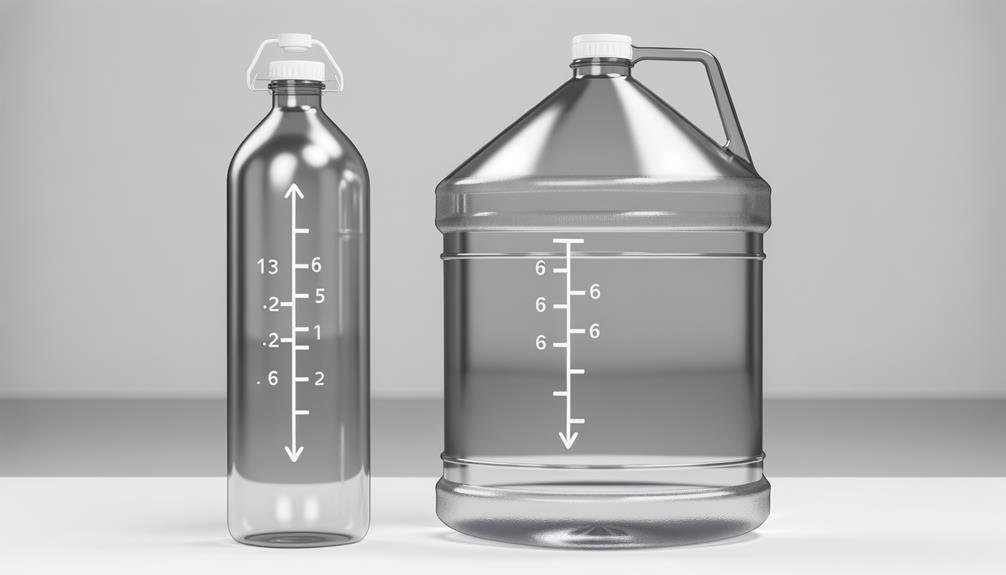
Understanding the basics of volume conversion is essential when dealing with fluid measurements.
First, you’ll need a clear grasp of what a gallon represents and how it compares to ounces.
Gallon Measurement Overview
Converting ounces to gallons involves simple arithmetic, where you need to remember that one gallon equals 128 fluid ounces. This fundamental conversion is vital for accurate measurement, especially when dealing with large volumes of liquid.
To convert ounces to gallons, you divide the number of ounces by 128. For instance, if you have a 64-ounce water bottle, dividing 64 by 128 gives you 0.5 gallons.
It’s important to grasp this conversion because it helps in various applications, from cooking to scientific experiments. Knowing how to accurately convert measurements guarantees reliability and precision in your tasks.
Always double-check your calculations to maintain accuracy, especially in contexts requiring exact measurements.
Conversion Formula Explanation
Grasping the conversion formula for ounces to gallons guarantees you can accurately measure liquid volumes in various contexts.
You need to understand that one gallon equals 128 fluid ounces. To convert ounces to gallons, you divide the number of ounces by 128.
For instance, if you have a 64-ounce water bottle, you’ll calculate 64 divided by 128, resulting in 0.5 gallons. This method guarantees precision, especially in scientific and culinary settings where exact measurements are essential.
Remember, the formula (oz ÷ 128 = gal) is straightforward but important for maintaining consistency in your measurements.
Mastering this conversion allows you to seamlessly shift between units, ensuring your volumes are always accurately represented.
Practical Usage Examples
Imagine you’re preparing a recipe that requires precise liquid measurements, and you need to know how many 64-ounce water bottles equal a gallon. A U.S. gallon is 128 ounces. Consequently, a 64-ounce water bottle is half a gallon.
| Measurement | Ounces | Fraction of Gallon |
|---|---|---|
| Water Bottle | 64 | 1/2 |
| Half Gallon | 64 | 1/2 |
| One Gallon | 128 | 1 |
| Two Gallons | 256 | 2 |
Knowing this, you can easily scale recipes or manage your hydration goals. For example, if a recipe calls for 2 gallons of water, you would need four 64-ounce bottles. This conversion is essential in cooking, science experiments, and daily water intake planning.
64 Oz to Gallon Formula
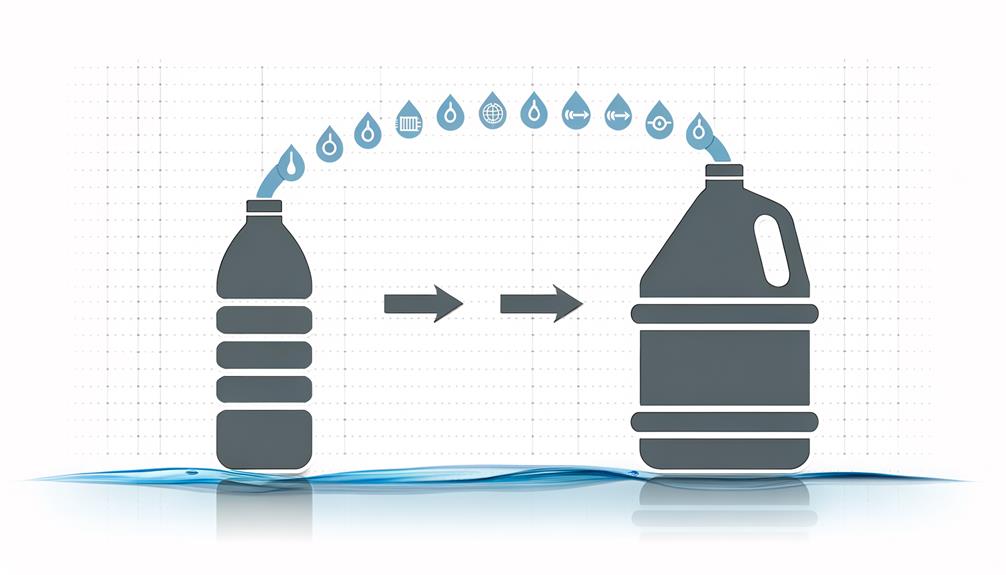
To convert ounces to gallons, you’ll need to know that one gallon is equivalent to 128 ounces. This fundamental conversion factor allows you to translate any volume in ounces to its gallon equivalent.
Simply divide the number of ounces by 128 to get the measurement in gallons.
For instance, the formula is:
\[ ext{Gallons} = rac{ext{Ounces}}{128} \]
This ratio provides a straightforward method to manage liquid quantities, especially useful in scientific experiments, culinary measurements, or everyday hydration tracking.
By employing this formula, you guarantee precise conversions, maintaining accuracy in your calculations.
Understanding this conversion is vital for tasks requiring exact liquid measurements, helping you avoid errors and achieve reliable outcomes.
Practical Examples
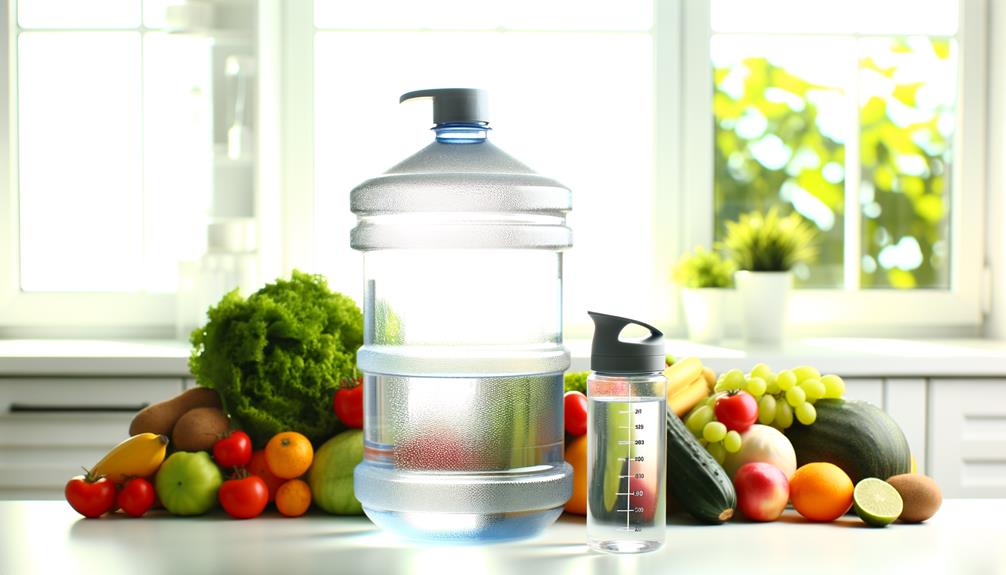
Let’s consider how a 64 oz water bottle meets various hydration needs.
For daily hydration, you’ll find it covers half of the recommended water intake for adults.
During fitness and exercise, it guarantees you remain adequately hydrated.
For outdoor activities, it provides a convenient and sufficient water source.
Daily Hydration Needs
Understanding your daily hydration needs involves calculating your body’s water requirement based on factors like weight, activity level, and climate.
For instance, a general guideline suggests drinking half an ounce to an ounce of water per pound of body weight. So, if you weigh 160 pounds, you should aim for 80 to 160 ounces daily.
Climate plays a vital role; hot, humid environments increase fluid loss through sweat, necessitating higher intake. Additionally, sedentary individuals may need less water compared to those who are more active.
Monitoring urine color is a practical method; pale yellow indicates proper hydration.
Using a 64 oz water bottle simplifies tracking, ensuring you meet your daily hydration goals efficiently.
Fitness and Exercise
Many athletes and fitness enthusiasts find that a 64 oz water bottle is an effective tool to maintain ideal hydration levels during intense workouts. Proper hydration is vital for peak performance and physiological function.
Dehydration can lead to:
- Reduced endurance: Your body struggles to sustain prolonged physical activity.
- Increased heart rate: Cardiovascular strain heightens, impairing efficiency.
- Muscle cramps: Electrolyte imbalances cause painful contractions.
To maximize your performance, aim to drink small, consistent amounts of water throughout your session. The 64 oz capacity guarantees you can monitor and meet your hydration needs without frequent refills.
Outdoor Activities
Whether you’re hiking, camping, or cycling, a 64 oz water bottle proves invaluable for maintaining hydration during extended outdoor activities. Adequate hydration is critical for peak physiological function, thermoregulation, and preventing dehydration.
A 64 oz bottle, equivalent to half a gallon, guarantees you have a substantial supply of water, reducing the frequency of refills. When planning for high-intensity activities, remember that factors like altitude, temperature, and exertion levels increase your fluid needs.
For instance, in hot climates, your body loses more water through sweat, necessitating frequent sips. Additionally, consider adding electrolytes to your water to replenish lost minerals and enhance fluid absorption.
Always store your water bottle in an easily accessible spot to facilitate regular intake.
Benefits of Knowing Conversion
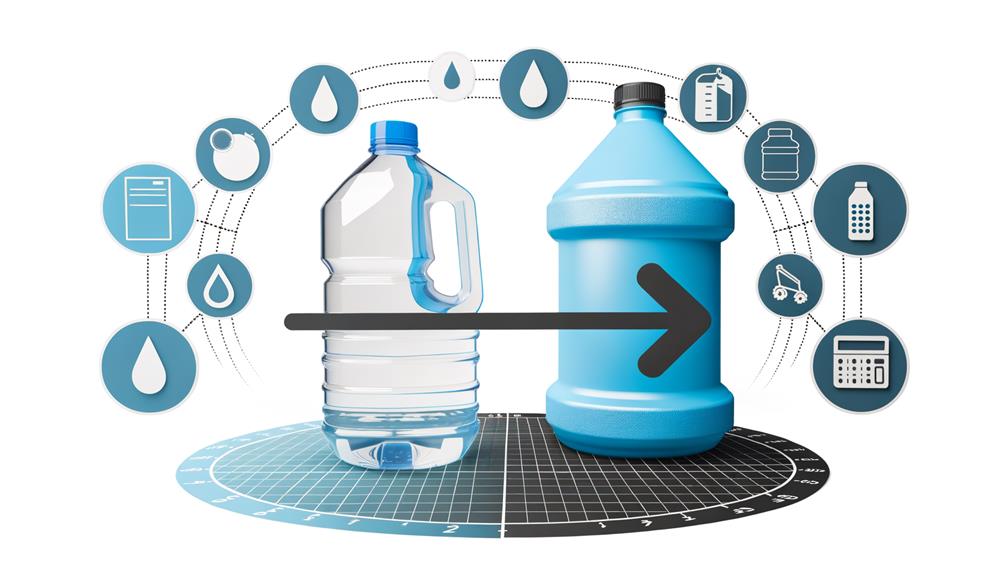
Knowing how to convert a 64 oz water bottle to gallons guarantees precise measurement for your hydration and dietary needs. This conversion is especially useful when tracking your daily water intake or following specific recipes. Similarly, understanding how to convert a 16 oz water bottle to ml ensures accuracy when measuring smaller quantities. By mastering these conversions, you can maintain proper hydration and meet your nutritional goals with confidence.
Accurate conversion ascertains you meet specific targets, whether you’re an athlete, fitness enthusiast, or someone managing a health condition. It simplifies daily routines and avoids guesswork, providing confidence in your consumption metrics.
- Enhanced Health Management: Monitor and maintain hydration levels accurately.
- Improved Fitness Performance: Meet precise hydration goals that optimize physical output.
- Scientific Precision: Use accurate data for dietary and nutritional planning.
Understanding conversions helps you integrate scientific principles into everyday life, ensuring you make informed decisions that benefit your health and the environment.
Tracking Your Water Intake
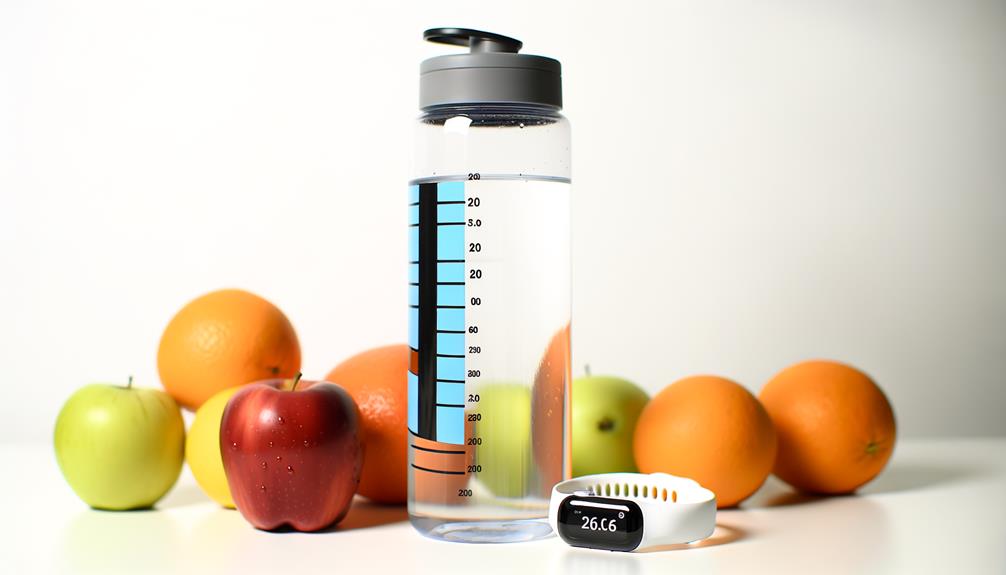
By implementing a systematic approach to tracking your water intake, you can guarantee ideal hydration levels tailored to your individual needs.
Utilize tools like hydration apps, which offer precise measurements and reminders, ensuring you meet your daily intake goals.
Convert fluid ounces to gallons (1 gallon = 128 oz) for a clear understanding of your consumption.
Regularly log your intake to monitor patterns and adjust accordingly.
Staying consistent helps prevent dehydration and supports physiological functions, such as metabolic processes and thermoregulation.
Accurate tracking also aids in recognizing signs of overhydration, ensuring peak health.
Tips for Staying Hydrated
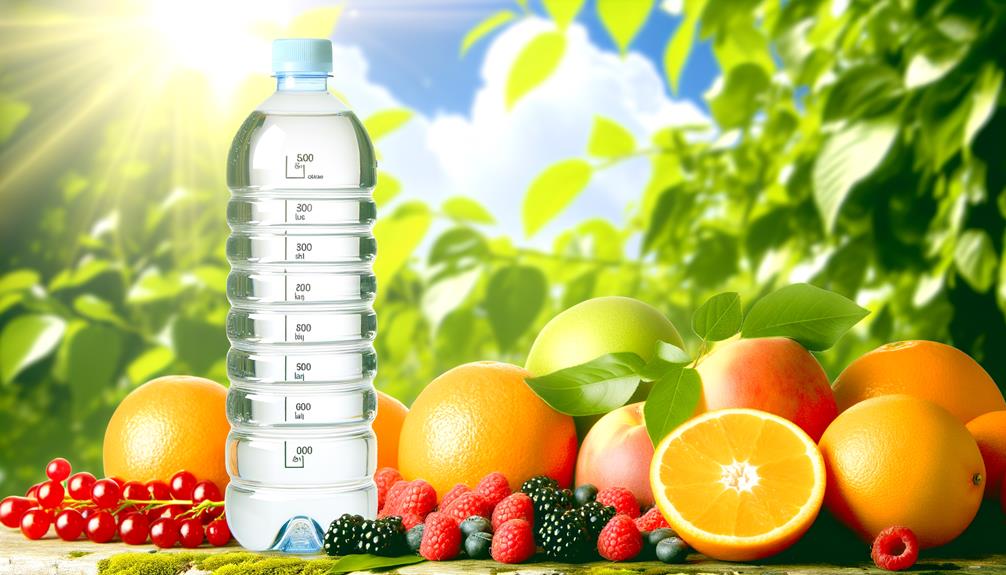
To stay hydrated, you should set clear hydration goals based on your daily activities and body needs.
Monitor your water intake using a reliable method, such as a hydration app or a marked water bottle.
Utilize hydration reminders, like alarms or smartphone notifications, to guarantee consistent fluid consumption throughout the day.
Set Hydration Goals
Setting hydration goals is essential for maintaining ideal physiological function and guaranteeing your body operates at peak performance. By setting clear objectives, you can enhance cellular activities, metabolic processes, and overall health.
Consider these expert tips:
- Calculate your daily water needs: Use body weight and activity level to determine ideal intake.
- Set incremental targets: Divide your daily goal into manageable portions throughout the day.
- Use reminders: Utilize smartphone alarms or hydration apps to stay on track.
Adopting these strategies guarantees that you not only meet but exceed your hydration requirements, thereby supporting cognitive function, joint lubrication, and nutrient transport.
Stay committed to your hydration goals, and your body will thank you.
Monitor Water Intake
Effectively tracking your water intake involves leveraging tools like hydration apps, water bottles with measurement markers, and even smart devices that remind you to drink at regular intervals.
Consistent monitoring can guarantee you meet your daily hydration needs. Use a water bottle marked in ounces or milliliters to precisely measure your consumption.
Hydration apps can log your intake, analyze patterns, and provide insights based on your activity level and climate. Smart hydration devices further enhance monitoring by integrating with health apps, offering real-time data and personalized reminders.
By utilizing these tools, you’ll maintain ideal hydration, support physiological functions, and enhance overall well-being.
Implement these strategies to stay adequately hydrated and achieve your health goals efficiently.
Use Hydration Reminders
Incorporating hydration reminders into your daily routine guarantees you consistently meet your fluid intake requirements. Leveraging technology and behavioral cues can optimize your hydration habits.
Utilize smartphone apps designed to prompt water consumption at regular intervals. Set alarms or calendar notifications as tangible cues. Implement environmental triggers by placing water bottles in visible locations like your desk or car.
Consider the following strategies to stay hydrated:
- Use hydration tracking apps: Make certain you’re monitoring your intake accurately.
- Set periodic alerts: Consistent reminders reinforce the habit.
- Visual cues: Position water bottles in frequently visited areas.
These methods will enhance your adherence to recommended hydration levels, supporting overall health.
Choosing the Right Bottle
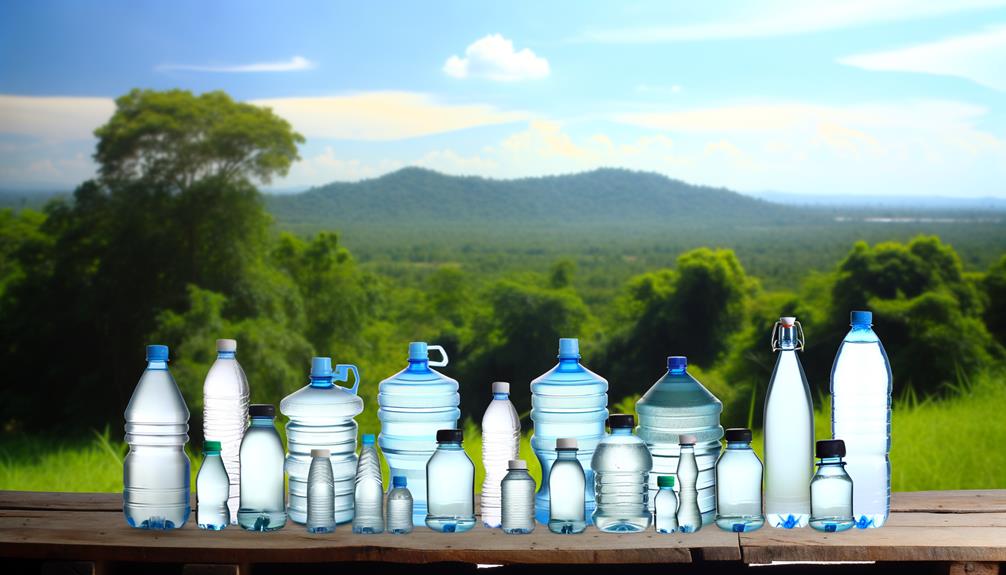
Selecting the right 64 oz water bottle involves considering material durability, insulation capabilities, and ease of cleaning to ascertain it meets your hydration needs efficiently.
Opt for stainless steel if you need a bottle that resists corrosion and offers superior insulation. Double-walled vacuum insulation ascertains your beverage maintains its temperature for extended periods.
For ease of cleaning, choose bottles with wide-mouth openings or those that are dishwasher-safe. Additionally, BPA-free plastic options provide lightweight alternatives, though they mightn’t offer the same thermal retention.
Consider ergonomic designs for ease of handling and portability.
Common Conversion Mistakes
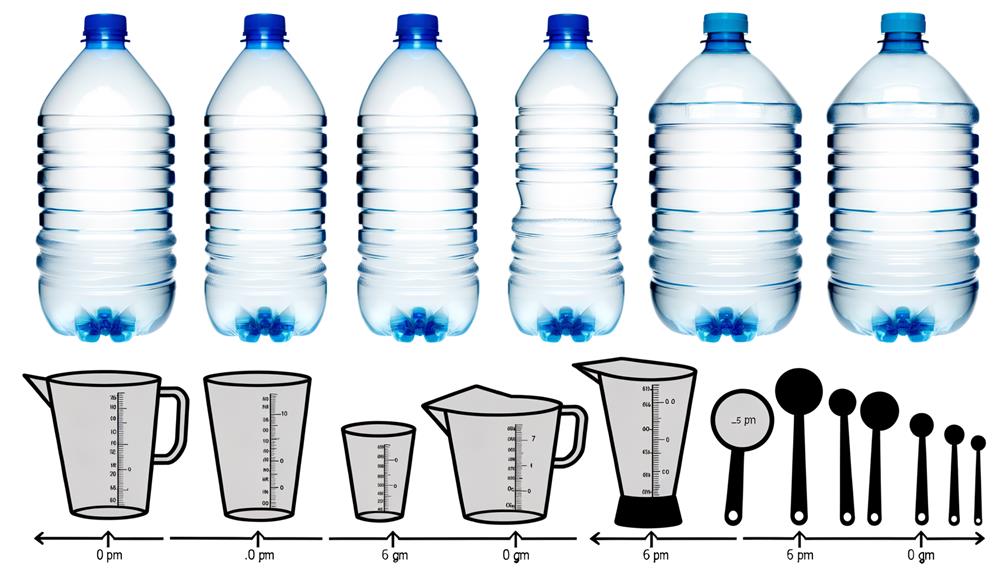
Many individuals mistakenly assume that a 64 oz water bottle is equivalent to half a gallon, when in fact it’s slightly more. Understanding accurate conversions is essential to guarantee proper hydration and avoid miscalculations.
Here’s what you should watch out for:
- Misinterpreting ounces and gallons: 1 gallon equals 128 oz, so half a gallon is 64 oz, but slight rounding errors can lead to confusion.
- Overlooking fluid ounces vs. weight ounces: Remember, fluid ounces measure volume, not weight.
- Ignoring unit consistency: Always double-check the units you’re converting between to maintain precision.
Conclusion
By understanding fluid ounces, knowing what a gallon is, and mastering conversion basics, you can easily convert 64 oz to gallons.
Tracking your water intake, staying hydrated, and choosing the right bottle become simple tasks.
Avoid common conversion mistakes, and you’ll guarantee accurate measurements every time.
Remember, hydration is key to health, so keep your water bottle handy.
With these tips, you’ll stay on top of your hydration game and make the most of every sip.

